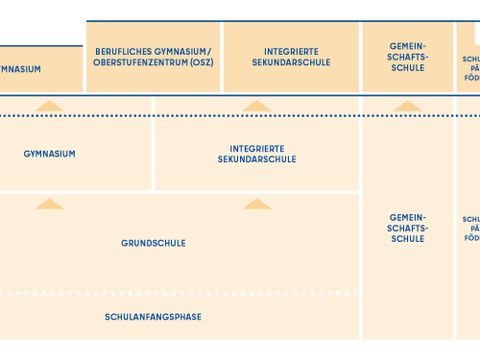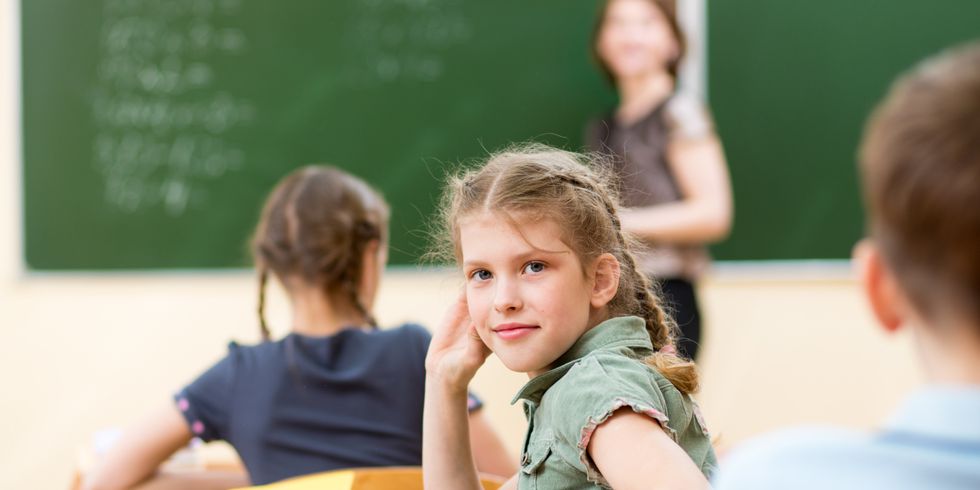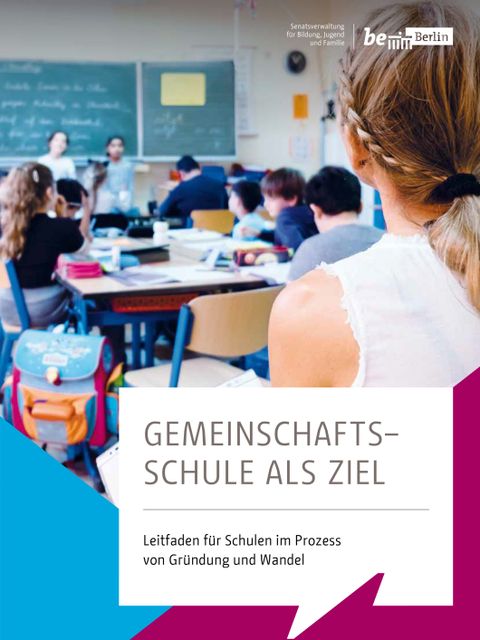The aim of the Comprehensive school is to create more equality and fairness of opportunity through longer joint learning and optimal support of the individual abilities and skills of all students. Maximum learning and performance development is made possible by differentiated learning offerings and full-day operation. The Comprehensive schools lead to all school leaving qualifications.
Learning community from school enrolment to school leaving qualification
Joint and individual learning from grades 1 to 10 and even up to grade 13 is stipulated in the Comprehensive school. Today there are 26 Comprehensive schools and school alliances in Berlin, one of which is privately supported.
Collaborations
Comprehensive schools without their own primary school or upper secondary level have binding collaborations with primary schools or schools with an upper secondary school. In this way, the transitions between the grade levels are secure and smooth.
7th grade transition
Comprehensive school students automatically switch to the 7th grade of their school if the students and parents so wish. Likewise, students from primary schools with which there are binding collaborations are given priority.





